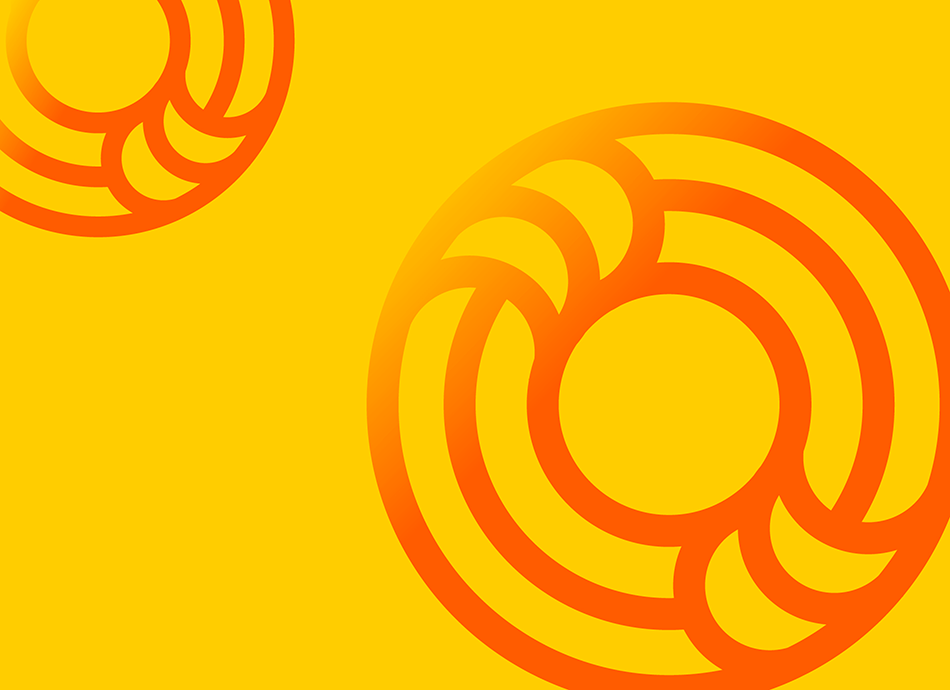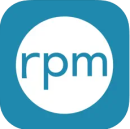Wishing everyone a safe and happy Christmas and New Year – Meri Kirihimete from the Healthify team.
Migraine and headache apps
Migraine and headache apps
- There are a variety of apps available if you have migraines or other headaches.
- They can help you learn about your condition and monitor and keep track of your symptoms.

Headaches are the most common type of pain and a major reason why people miss work or school. There are many types of headaches, including migraine, tension and cluster headaches. Read more about headaches.
Migraine and headache apps have the potential to help you manage your condition better.
- Many apps let you log details about your headaches, including the intensity, duration, frequency, location, and associated symptoms. This helps you identify triggers and patterns in your headache attacks.
- Diary features can help identify potential triggers for your headaches, eg, certain foods, drinks, weather changes, hormonal fluctuations, stress, or lack of sleep.
- Having a headache diary can also help you describe to your healthcare team how your pain has been affecting you over time.
- Some apps may offer tips, tools and techniques to manage your headache, eg, mindfulness, breathing techniques or cognitive behavioural therapy (CBT).
Here are some tips for how to use headache and migraine apps safely.
How to use migraine and headache apps safely
Do (✔)
- Use the headache or migraine app under the supervision of a health professional. They can help you assess if the app is suitable for you.
- Use an app to keep track of your symptoms as part of your management plan.
- Use the graphs and reporting functions in discussions with your healthcare provider.
- Be careful when reading information on discussion boards or group chat rooms. Some apps have interactive features where you can share your experiences. Be cautious because in most cases these aren't monitored by a health professional so the advice or suggestions may not be safe or effective.
- Know when to seek help.
Don’t (✘)
- Don't rely on apps to make a diagnosis of your condition.
- Don't use treatments without first seeking medical and professional advice.
- Don't make changes to your medicines based on the recommendations from the app.
Before choosing an app, think about how it will benefit you and what you want it to be able to do.
- An app will only be helpful if you use it, so it needs to be something you like using and find easy to use.
- If you find the app difficult to use, or you don't like the imagery or look of it, or the language it uses, you may want to find another one that suits you better.
- Check how your data is collected, stored and used in the app, including whether it’s shared with or sold to third parties.
- For more guidance on how to choose health apps, see how to choose a health app.
| App name | Features | Clinical score | |
|---|---|---|---|
|
|
|
||
|
|
|
||
|
Migraine Insight – Tracker app
|
|
||
|
|
|
||
|
|
|
||
References
The following references relate to articles about apps for headaches and migraines:
- Hundert AS, Huguet A, McGrath PJ, et al. Commercially available mobile phone headache diary apps – a systematic review(external link) JMIR Mhealth Uhealth 2014;2(3):e36.
- Mosadeghi-Nik M, Askari MS, Fatehi F. Mobile health (mHealth) for headache disorders – a review of the evidence base(external link) J Telemed Telecare 2016;22(8):472-477.
- Huguet A, Stinson J, Mackay B, et al. Bringing psychosocial support to headache sufferers using information and communication technology – lessons learned from asking potential users what they want.(external link)Pain Res Manag. 2014;19(1):e1-8.
|
Disclaimer: The NZ Health App Library is a free consumer service to help you decide whether a health app would be suitable for you. Our review process is independent. We have no relationship with the app developers or companies and no responsibility for the service they provide. This means that if you have an issue with one of the apps we have reviewed, you will need to contact the app developer or company directly. |
Factsheets – using health apps safely

How to choose a health app
Healthify He Puna Waiora, NZ

Privacy and security tips for using health apps
Healthify He Puna Waiora, NZ
Credits: Healthify editorial team. Healthify is brought to you by Health Navigator Charitable Trust.




